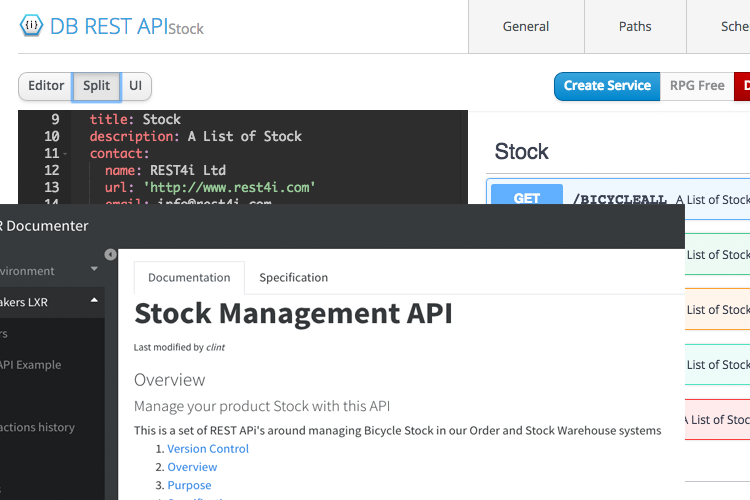3 Key Objectives for Digital Transformation: Part 3

By: Stuart Milligan
Posted on May, 18 2018 on rest4i.com
Part Index:
The Self Service Phenomenon
In Part 1 of this series of three articles The Right Architecture was covered. Part 2 then discussed the primary business objective to Digital Transformation: Continuous Delivery. In this final part we will look at an objective that plays potentially the most significant role in the commercial sucess of digital transformation efforts.
The most overlooked component of Digital Transformation is the effect of the self-service model. At its heart this means frictionless access to up-to-date, machine-readable, documentation, alongside testable API’s.

In a traditional approach to data integration, a prohibitive stream of application forms, emails, negotiations, training, installation and manned support is required to even assess the potential value of an interface with an organisation. Most developers or partners either give up long before this point.
Modern API documentation is hosted in the cloud with dynamic content. It not only contains API definitions, but also provides a test framework in the same space so the potential users can “try-it”. It is designed to create as frictionless process as possible for the potential user/consumer of the API. An interesting statistic that supports the financial benefits of a well designed, rich content, self-service model for API’s is Amazon Web Services. AWS revenues increased 5 fold over as many years purely by implementing a frictionless, self-service model to their digital integration services.

Open API (pka SWAGGER) is the industry standard language for API documentation and specification. As it is machine-readable it serves purposes other than user documentation in the life cycle of API development and deployment. It can be used to generate the Microservice code, or the consumer code that will use the API/Microservice. Security and microservice hosting meta-data are used by deployment gateways to secure and route requests. It can be extended with any meta-data used for usage analytics or governance and auditing.
Enriching Open API specifications with business or support context information empowers the user experience and enhances the self-service model. Choose a framework that supports API documentation generation from Open API specifications. This will shorten the delivery cycle, speed up the API uptake and usage, while minimising unnecessary support.
In Summation
Objective 1:
Lightening fast, agile, well designed REST API ‘s running natively on IBM i
Objective 2:
Continuous Delivery via automated DevSecOps tooling to implement and govern secured REST APIs and Consumers
Objective 3:
Up-todate API specifications and rich, self-service documentation unlocking IBM i data via partners, customers, and App building innovators.